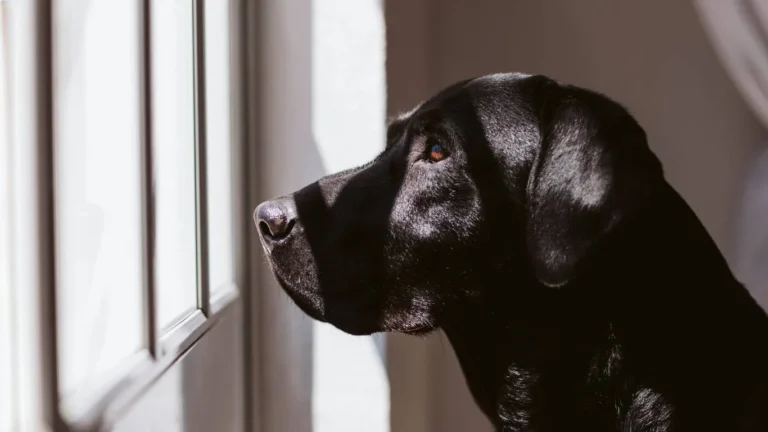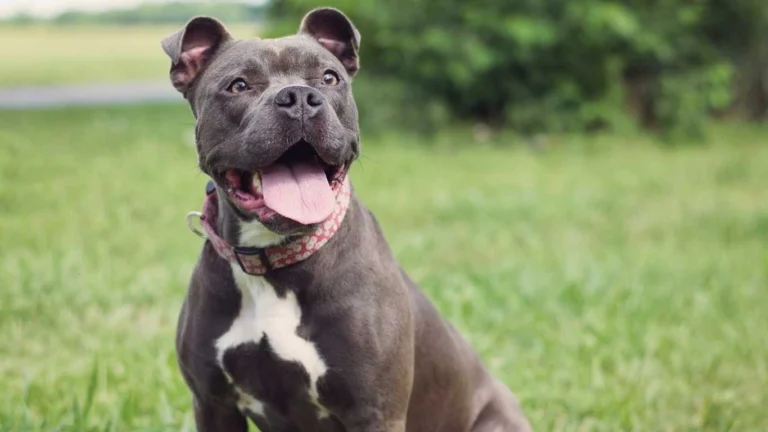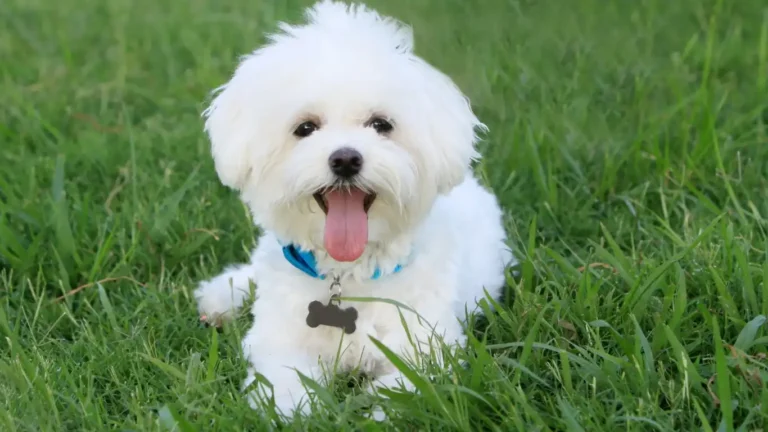Essential Guide: What to Do If Your Dog Has Yellow Diarrhea Fast Recovery Tips
If you’re freaking out because your pup just had yellow diarrhea, you’re not alone—and you’re definitely not a bad pet parent. I’ve been a Veterinary Assistant for years, with a special love for nutrition, and I’ve seen this issue more times than I can count. So, let’s break it down and talk about what to do if your dog has yellow diarrhea. No sugar-coating, just real talk and practical advice that can actually help your dog feel better—without spiraling down the Google rabbit hole of doom.
Common Causes of Yellow Diarrhea in Dogs
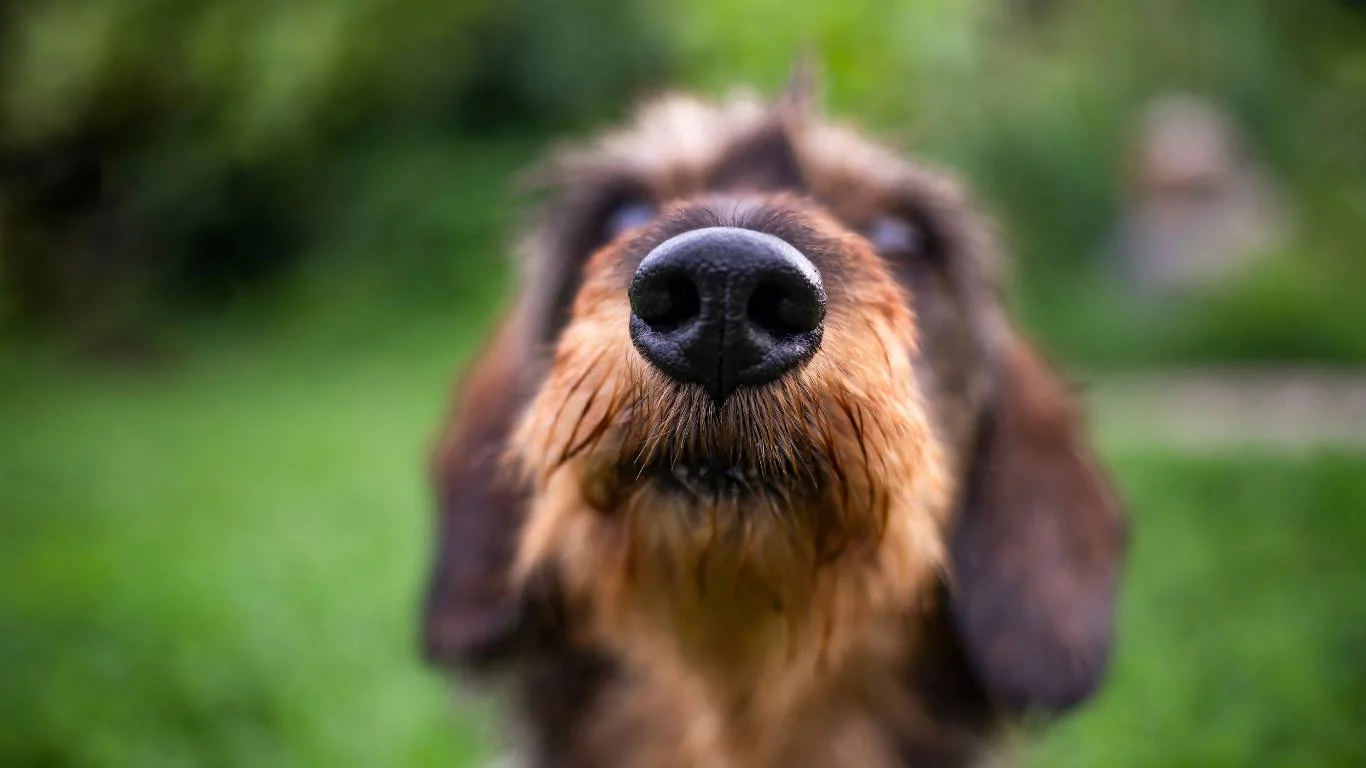
1. Diet Changes or Sensitivities
This is probably the number one thing I see in clinic. If you’ve recently switched your dog’s food—or they helped themselves to something questionable in the trash—yellow diarrhea can happen. It’s the gut’s way of saying, “Hey, that was not cool.”
Pro tip from the exam room: When introducing new food, always do it gradually over 7-10 days. Mix a little of the new food with their regular chow and increase the amount slowly. It gives their digestive system time to adjust and minimizes surprises on your carpet.
2. Bile in the Stool
Yellow usually means bile. When food moves too quickly through the intestines, bile doesn’t get fully broken down, and it shows up in the stool. That’s when you get that mustard-yellow mess. It can be a sign of an upset digestive system or even inflammation.
3. Parasites or Infections
I can’t count how many stool samples I’ve processed that came back positive for parasites—giardia and coccidia love to party in the gut and leave behind loose, yellow diarrhea. And sometimes it’s not parasites but bacterial infections, like Salmonella or Clostridium.
If your pup’s been around other dogs (dog park, boarding, daycare), this should definitely be on your radar. Get that stool sample tested sooner rather than later.
When Is Yellow Diarrhea an Emergency?
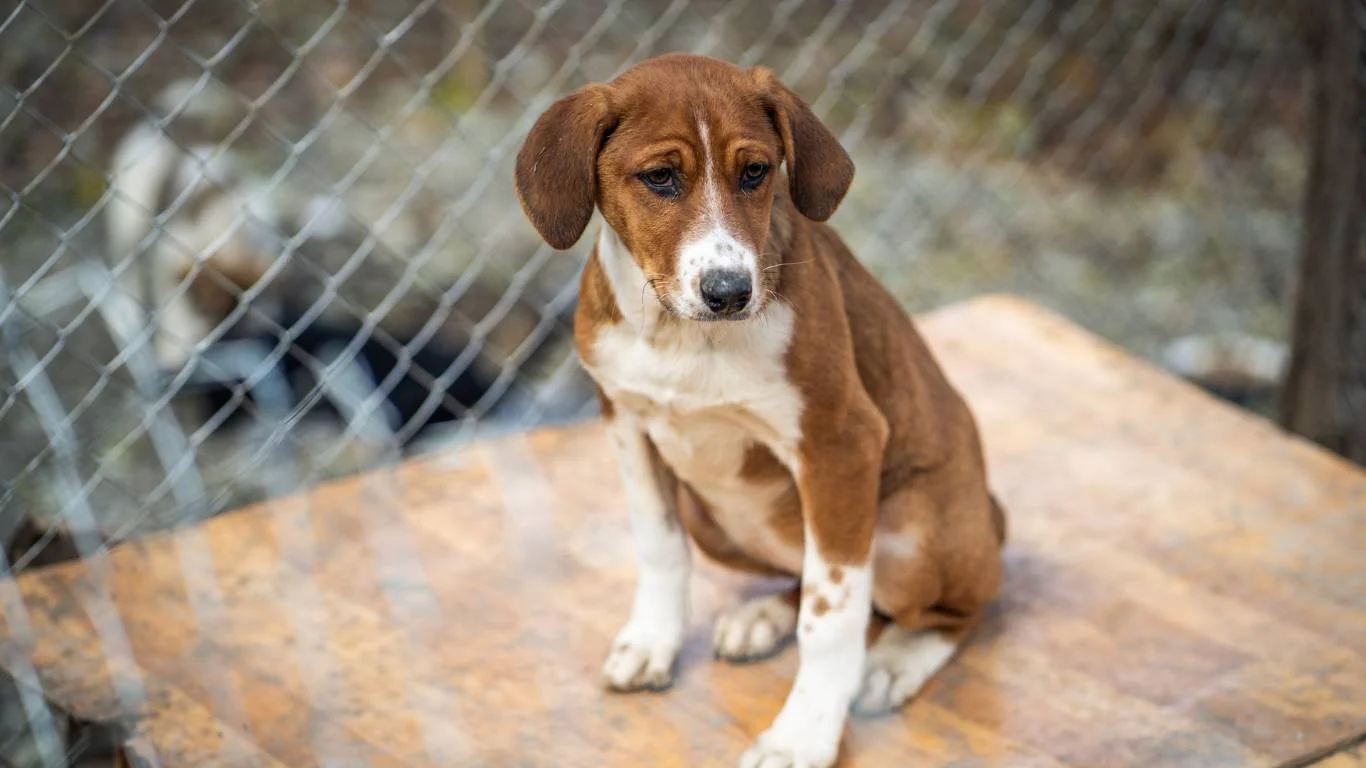
Signs You Should Call the Vet ASAP
Not every case of yellow diarrhea means a trip to the ER, but there are red flags you should never ignore. If your dog shows any of these symptoms, don’t wait it out—get them seen:
- Lethargy or weakness
- Vomiting (especially more than once)
- Loss of appetite for more than 24 hours
- Blood in the stool
- Diarrhea lasting more than 48 hours
- Signs of dehydration (dry gums, sunken eyes, skin tenting)
From the treatment room: I’ve seen dogs go downhill fast just because their humans thought diarrhea was no big deal. Trust your gut. If something feels off, you’re probably right.
Yellow vs. Other Stool Colors
Let’s talk poop color (yeah, it’s a weird topic, but super important). Yellow diarrhea can mean something totally different from green or black stool. Here’s a quick cheat sheet:
- Yellow: Usually bile-related, fast transit, diet or mild irritation.
- Green: Could mean grass-eating, gallbladder issues, or parasites.
- Black: Possible internal bleeding—call the vet now.
- Red streaks: Blood from the colon or rectum, needs attention.
How Nutrition Plays a Role in Digestive Health

Feeding for a Healthy Gut
This is my jam. So many GI issues I’ve helped manage over the years had a nutritional component. Whether it’s poor-quality ingredients, lack of fiber, or food intolerances, what you feed your dog really matters. Think of their gut like a garden—it needs the right mix of nutrients to thrive.
Here’s what I usually suggest when a dog comes in with GI problems (after ruling out infections or parasites):
- Stick to a high-quality, easily digestible food
- Add in a little canned pumpkin (not the pie mix!) for fiber
- Consider a probiotic—ask your vet for one that’s strain-specific
- Avoid giving table scraps or fatty treats during recovery
Insider note: Not all dog foods are created equal. I’ve seen pups turn around just by switching to a vet-recommended brand with better digestibility. Don’t fall for fancy marketing—read those labels.
At-Home Care Tips for Yellow Diarrhea

When You Can Manage It Yourself
So, your dog has yellow diarrhea but no alarming symptoms? That’s a relief, but it doesn’t mean you just ignore it. From my years working hands-on with dogs, I know that sometimes a little TLC at home can make a world of difference. Here’s what you can do right away:
- Fast the food (but not water): Give their tummy a rest by withholding food for 12 to 24 hours. Water should always be available to avoid dehydration.
- Introduce a bland diet: When you reintroduce food, start with something super gentle like boiled chicken and rice. It’s easy on the stomach and helps firm up stool.
- Keep treats and table scraps off-limits: I can’t stress this enough. During recovery, those tempting snacks only prolong the digestive upset.
- Monitor hydration: Dogs with diarrhea lose fluids fast. Keep an eye on their water intake and watch for dry gums or lethargy.
Personal experience: I once cared for a senior dog who came in with yellow diarrhea after a stress-filled boarding stay. A simple fast and bland diet combo, plus lots of cuddles, helped her bounce back quickly. Sometimes, all they really need is patience and a little gut-friendly support.
Using Over-the-Counter Remedies — Yay or Nay?
I get asked this a lot: Can I give my dog human anti-diarrhea meds? The short answer? Never without vet approval. Some human meds, like Pepto-Bismol or Imodium, can be dangerous for dogs or mask serious issues.
Instead, if you want to help soothe your dog’s tummy, talk to your vet about safe options like probiotic supplements or veterinary-approved digestive aids. Those little helpers can rebalance gut flora and reduce inflammation without the risks.
How Stress and Environment Affect Your Dog’s Digestion

The Surprising Link Between Stress and Yellow Diarrhea
Believe it or not, stress can mess with your dog’s gut big time. During my time in the clinic, I noticed a pattern: dogs experiencing big changes—like moving homes, loud fireworks, or a new pet in the house—often develop GI symptoms, including yellow diarrhea.
Why? Stress triggers the release of hormones that speed up gut motility and alter normal digestion. Basically, their stomach and intestines get jittery, leading to faster transit times and less digestion of bile pigments, which causes that telltale yellow poop.
Creating a Calm Space for Your Dog
If you suspect stress might be the culprit, here are some simple ways to ease your dog’s mind (and their tummy):
- Set a routine: Dogs thrive on predictability. Regular feeding, walking, and playtimes help create a sense of security.
- Safe zone: Designate a quiet spot in your home with their bed, favorite toys, and minimal noise.
- Engage them: Gentle exercise and mental stimulation like puzzle toys distract from anxiety and encourage normal digestion.
- Use calming aids: Products like pheromone diffusers, anxiety wraps, or natural supplements can be surprisingly effective. Just check with your vet first.
When to See the Vet for Yellow Diarrhea

Diagnostic Tools and What to Expect
Sometimes, despite your best at-home efforts, the yellow diarrhea sticks around or gets worse. That’s when a vet visit is essential. From my experience, here’s what your vet might do:
- Physical exam: Checking hydration, abdominal pain, and overall condition.
- Fecal tests: To check for parasites, bacteria, or abnormal cells.
- Blood work: To rule out systemic illnesses and check organ function.
- Imaging: Ultrasound or X-rays if an obstruction or mass is suspected.
Veterinary note: Early diagnosis can prevent complications, so don’t hesitate if your dog isn’t improving or shows any concerning symptoms.
Possible Treatments Your Vet Might Recommend
Based on the findings, treatment can range from simple dietary adjustments to medications like:
- Antiparasitic drugs
- Antibiotics for infections
- Anti-inflammatory meds
- Fluid therapy in severe cases
- Prescription diets tailored for sensitive stomachs
In my years assisting vets, I’ve seen how targeted treatment not only clears up the diarrhea but also improves overall vitality and happiness in pups. It’s always worth following through with the full plan.
Long-Term Care and Prevention for Yellow Diarrhea
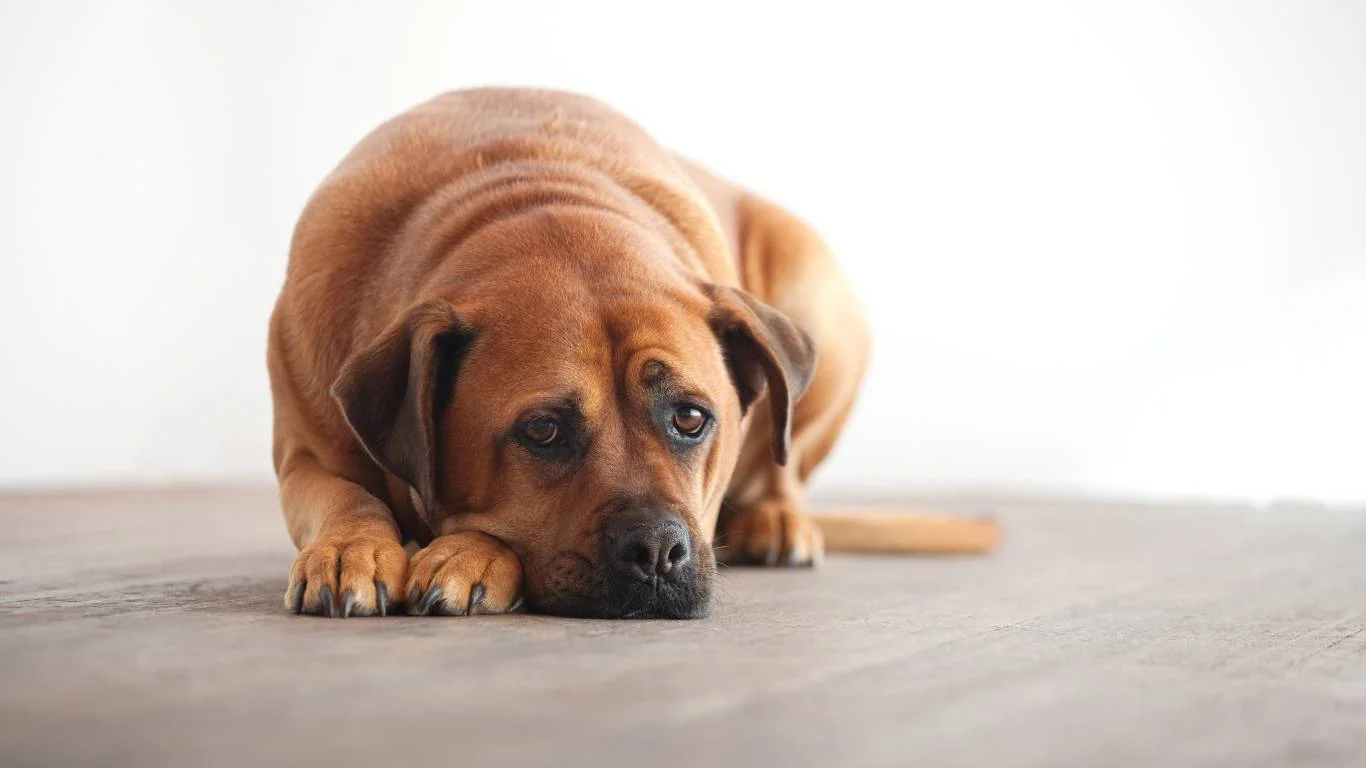
Keeping Your Dog’s Gut Happy and Healthy
After dealing with yellow diarrhea, it’s natural to want to prevent it from coming back. From my experience as a Veterinary Assistant, prevention is always easier (and less stressful) than treatment. Here are some tried-and-true tips that I’ve recommended to countless pet parents over the years:
- Stick to a consistent, high-quality diet: Choose foods with digestible ingredients, no fillers, and minimal additives. It’s tempting to try every trendy brand, but consistency can save your dog’s gut a lot of hassle.
- Avoid sudden food changes: Whether it’s switching brands or flavors, gradual transitions over at least a week give your pup’s system time to adapt.
- Limit table scraps and fatty treats: They might love them, but these can cause digestive upset and make yellow diarrhea flare up.
- Keep an eye on stress: Just like people, dogs’ guts react to stress. Regular exercise, mental stimulation, and a calm environment go a long way.
- Regular parasite screenings: Even healthy-looking dogs can carry parasites, so routine fecal exams at the vet are a must.
The Role of Probiotics and Supplements
Probiotics have become a staple in managing and preventing digestive issues, and for good reason. These beneficial bacteria help balance your dog’s gut flora, which is crucial after episodes of diarrhea. Personally, I often suggest pet parents discuss probiotics with their vets—especially strains clinically proven to support canine digestion.
Other supplements like prebiotics, digestive enzymes, and omega-3 fatty acids can also support gut health and reduce inflammation. Over time, incorporating these can build resilience in your dog’s digestive system.
Understanding When Yellow Diarrhea Signals a Bigger Problem
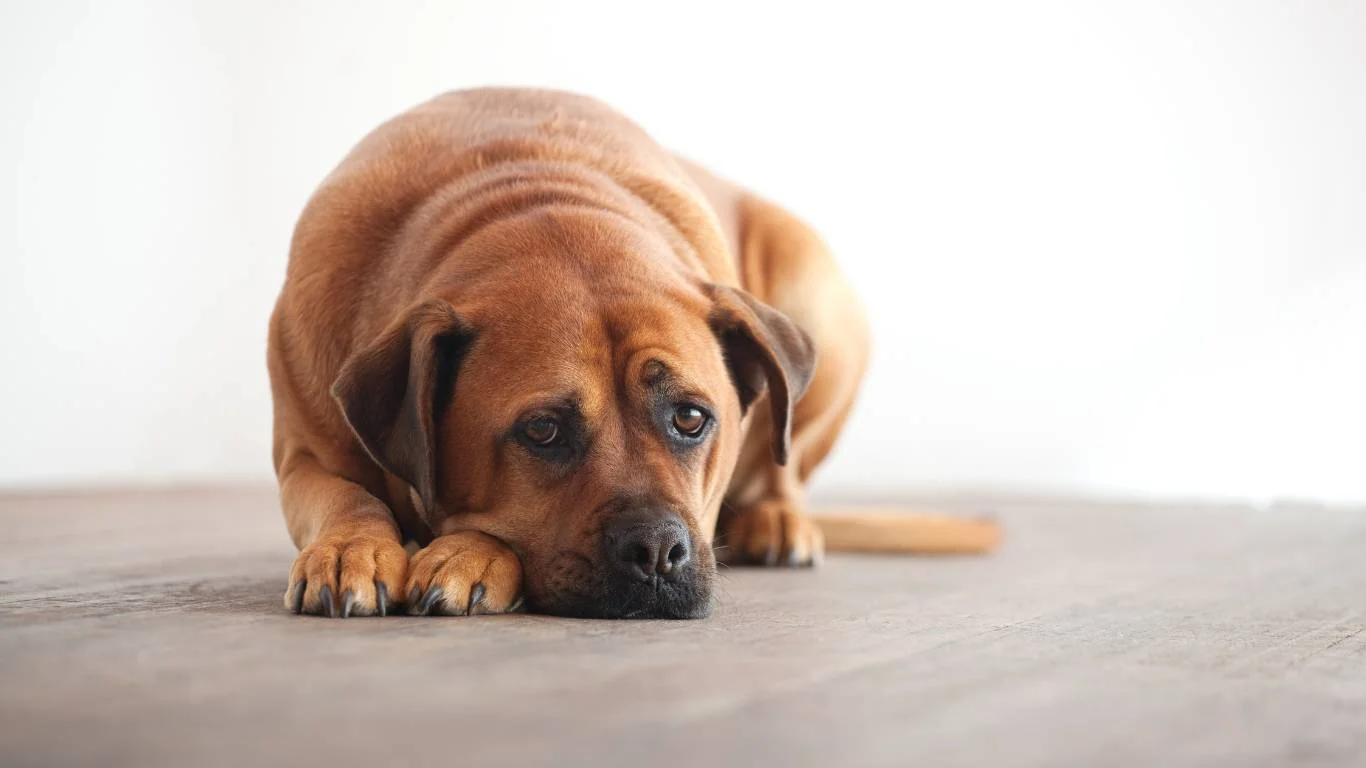
Chronic or Recurring Yellow Diarrhea
If your dog keeps having yellow diarrhea over weeks or months, it’s more than just a minor upset. Chronic digestive issues could point to underlying conditions like:
- Inflammatory Bowel Disease (IBD)
- Food allergies or intolerances
- Pancreatic insufficiency
- Chronic infections or parasites
- Liver or gallbladder disease
From the clinic, I’ve seen how frustrating it can be for pet owners when the problem lingers. It usually means more in-depth diagnostics, such as endoscopy or specialized blood tests, are needed. The key is to catch these earlier rather than later to give your dog the best chance at a comfortable, happy life.
Partnering With Your Vet for Ongoing Care
The best outcomes come from teamwork. Your vet is your go-to expert, and as someone who’s been in their shoes assisting with countless cases, I can’t emphasize enough how valuable clear communication is. Keep a diary of your dog’s symptoms, diet changes, and any triggers you notice. This info helps the vet tailor treatment plans specifically for your dog.
Also, don’t hesitate to ask questions—whether it’s about medications, diet recommendations, or alternative therapies. A good vet appreciates engaged owners who want to understand and actively participate in their pet’s care.
References & Resources
- American Gastroenterological Association
- American Veterinary Medical Association
- American College of Veterinary Internal Medicine
- Veterinary Information Network
Disclaimer
This article is intended for informational purposes only and is not a substitute for professional veterinary advice, diagnosis, or treatment. Always consult your veterinarian with any questions or concerns you have about your pet’s health. If your dog shows any signs of distress or worsening symptoms, seek veterinary care immediately.



